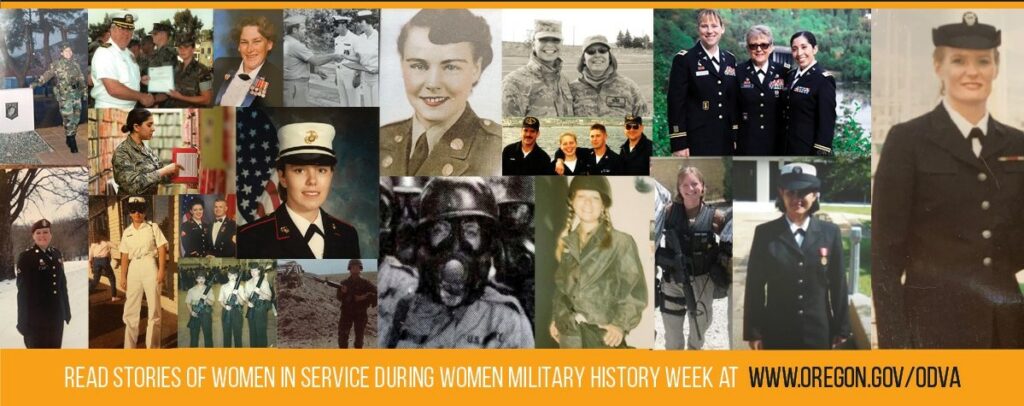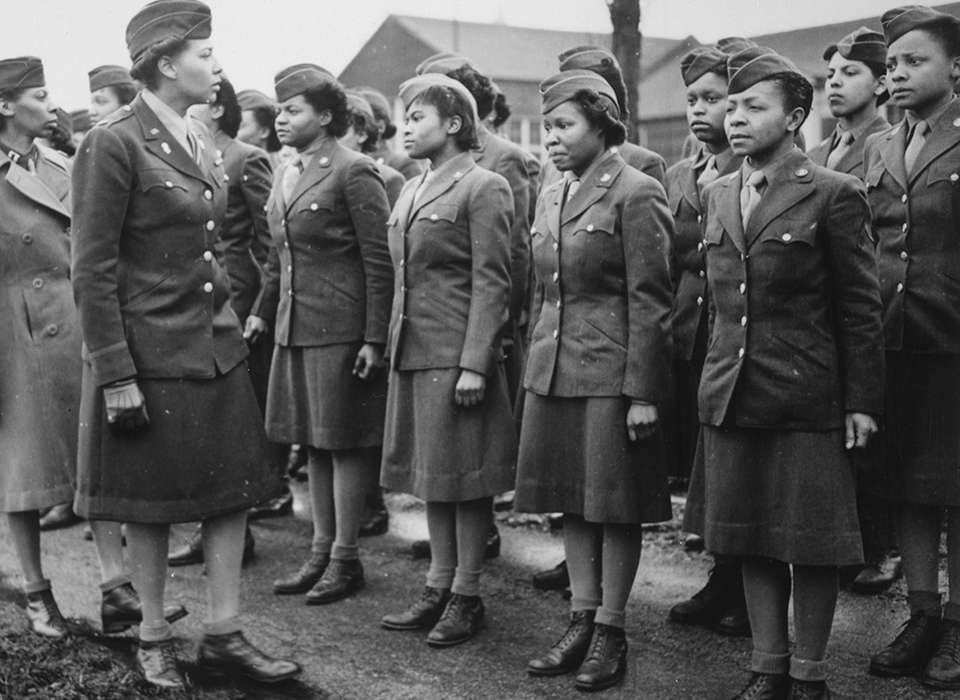![]()
The First World War is often described as the first “modern” war. The term generally refers to mechanized warfare in the form of tanks and airplanes; terrorizing civilian populations as an act of war; and the mobilization of society as a whole. But it could also apply to the new roles of women in their nations’ war efforts.
Increasing manpower demands on the part of all the combatant powers in World War I made it easier for women to make official contributions, though few would fight. Women signed up as ambulance drivers, telephone operators, munitions workers, members of various service auxiliaries and even as soldiers in Bolshevik Russia’s all-female units. In the United States, the Navy’s “yeomanettes” and the Army’s Hello Girls were the first American women to openly serve in (or at least with) the military. And, though they served in the same war for the same nation, their experiences differed greatly.
Faced with the potential for serious manpower shortages in the approaching war, United States Secretary of the Navy Josephus Daniels decided to take advantage of a loophole in the Naval Act of 1916, which did not specify that only men could enlist. In March 1917, he took the bold — and controversial — step of enlisting women in the Navy as yeomen.
Hundreds of women between the ages of 18 and 35 headed to recruiting stations. By the time the United States entered World War I on April 6, 1917, two thousand women had enlisted as “Yeoman
Views: 316



